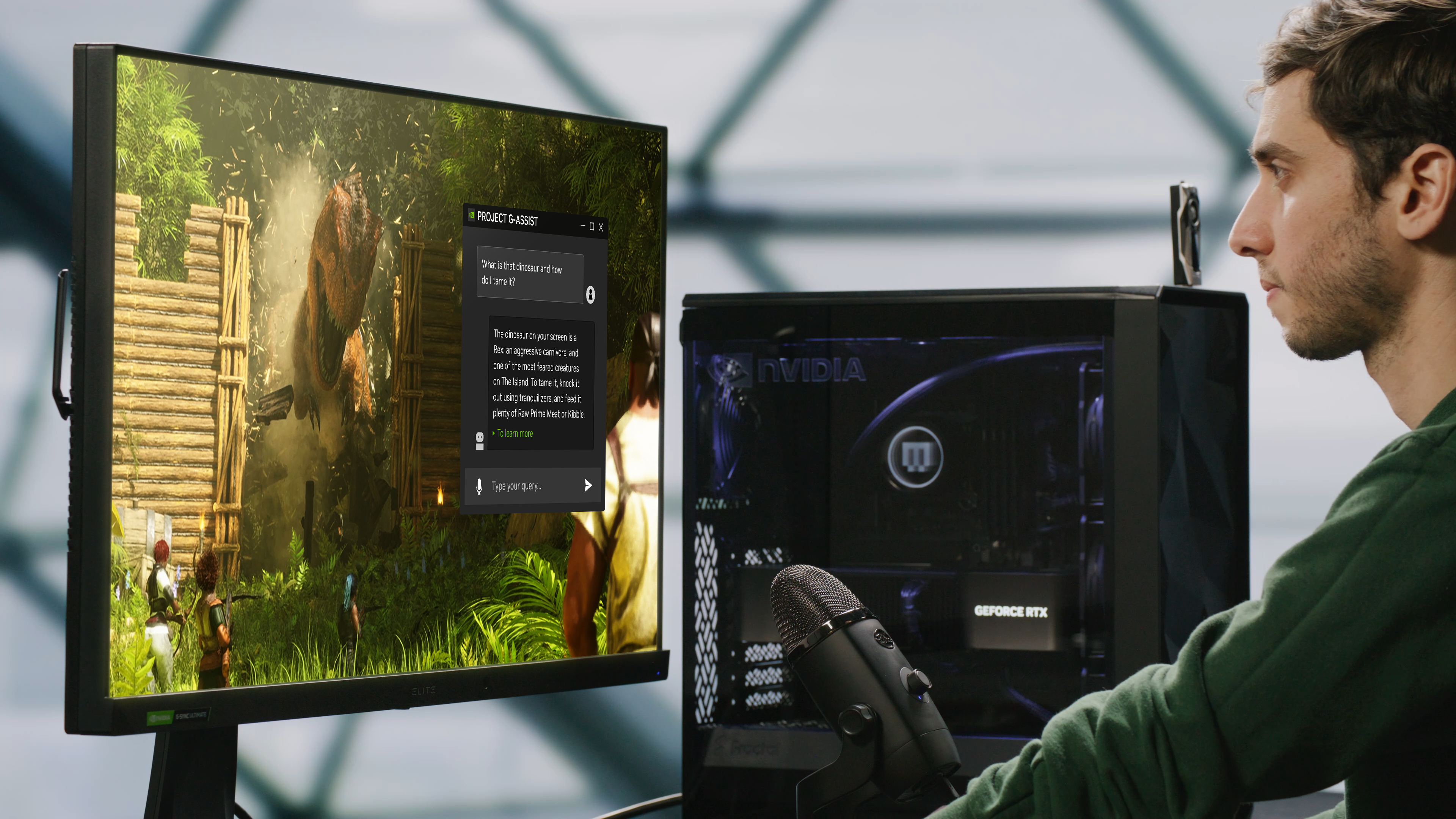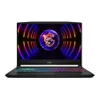Nvidia and Microsoft plan to make Copilot Runtime the only AI toolkit devs need — but what does that mean for you?
Nvidia has quadrupled down on RTX AI at Computex this year to "accelerate everything"

Yesterday, Nvidia unveiled several new RTX-powered AI systems using the Nvidia RTX AI Toolkit. This suite of tools and software development kits can aid developers in optimizing and deploying large generative AI models on Windows PCs.
The Nvidia keynote was the first of many to kick off Computex in Taipei, Taiwan this week. Given that 2024 is the year of AI, much of Nvidia's presentation was focused on AI software and AI-enabled hardware.
Computex 2024: Nvidia and Microsoft align on Copilot
The first of Nvidia's AI systems is Project G-Assist, an RTX-powered AI assistant tech demo for context-aware help for PC games and applications. The project was debuted using Studio Wildcard's Ark: Survival Ascended. Nvidia also debuted new scenarios for the Nvidia ACE system, which creates digital humans for players to chat with in real-time.
Nvidia also announced a set of new RTX AI PC laptops from Asus and MSI. These new laptops feature Nvidia GPUs up to the GeForce RTX 4070 and power-efficient Windows 11 AI PC capabilities. These laptops will receive a free update to the Copilot+ PC experience.
But the most interesting development is Nvidia's partnership with Microsoft in bringing aspects of the RTX AI to the Windows Copilot Runtime. As Nvidia CEO Jensen Huang commented during the keynote, the company plans to "accelerate everything." And that includes adding GPU acceleration to Copilot.
GPU Acceleration could make Copilot actually useful
Microsoft and Nvidia partnering to add GPU acceleration to the Windows Copilot Runtime may not mean much to the everyday person on the surface. The Windows Copilot Runtime is a development tool, much like Nvidia's RTX AI Toolkit. So if you aren't into building your own software, you may not expect much to change with this announcement. And in the short term, you would be correct.
One of the biggest hangups in AI adoption is the time the AI system takes to register an input, query the database, and return a response. These small delays add up, leaving you with plenty of wasted time. Why wait 5 minutes for Copilot to give me the information when I could find it myself in a fraction of the time?
But by using RTX-enabled GPU acceleration, Nvidia and Microsoft aim to make Copilot the fastest AI API (application programming interface) for developers. Focusing on small language models rather than the more popular large language models, Nvidia and Microsoft are narrowing the scope of Copilot Runtime for better content summarization, content generation, and task automation.
Sign up to receive The Snapshot, a free special dispatch from Laptop Mag, in your inbox.
All of this can save developers and everyone else time, especially when the GPU acceleration on RTX graphics cards is paired with hardware acceleration on other aspects of the computer, giving end users—us—access to speedy AI experiences.
Outlook
This is far from the first time Microsoft and Nvidia have teamed up this year with a focus on developers. During Microsoft Build last month, the two companies joined forces to accelerate enterprise-ready generative AI.
While we're still not sure exactly what AI will be able to do for us in the long term, it's the smaller solutions like hardware acceleration that can make a very compelling case for upgrading your laptop or desktop to a processor with an NPU.
More from Laptop Mag
- MacBook Air M4: Everything we know so far
- Windows 11's AI Recall feature can run on non-Copilot+ PCs: Here's how
- Will Apple "Think Different" about AI? Ahead of WWDC keynotes and announcements, questions loom

A former lab gremlin for Tom's Guide, Laptop Mag, Tom's Hardware, and TechRadar; Madeline has escaped the labs to join Laptop Mag as a Staff Writer. With over a decade of experience writing about tech and gaming, she may actually know a thing or two. Sometimes. When she isn't writing about the latest laptops and AI software, Madeline likes to throw herself into the ocean as a PADI scuba diving instructor and underwater photography enthusiast.









